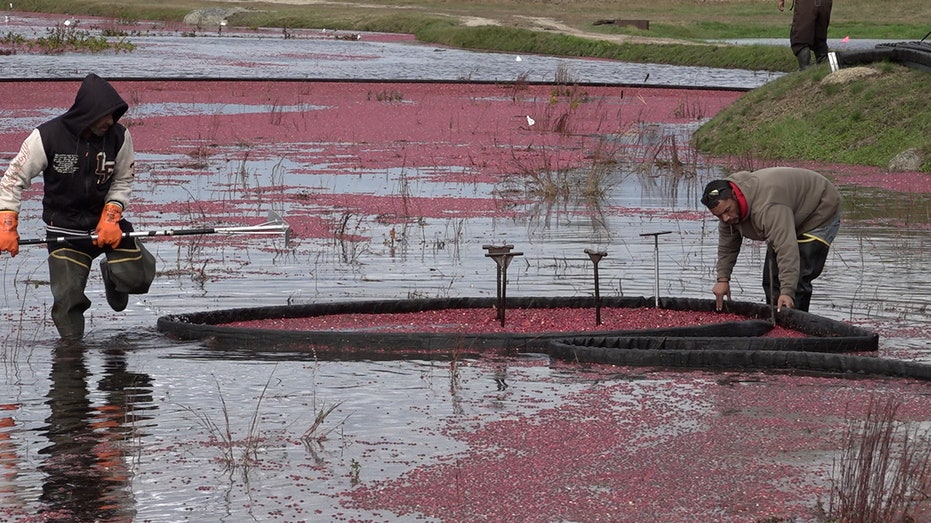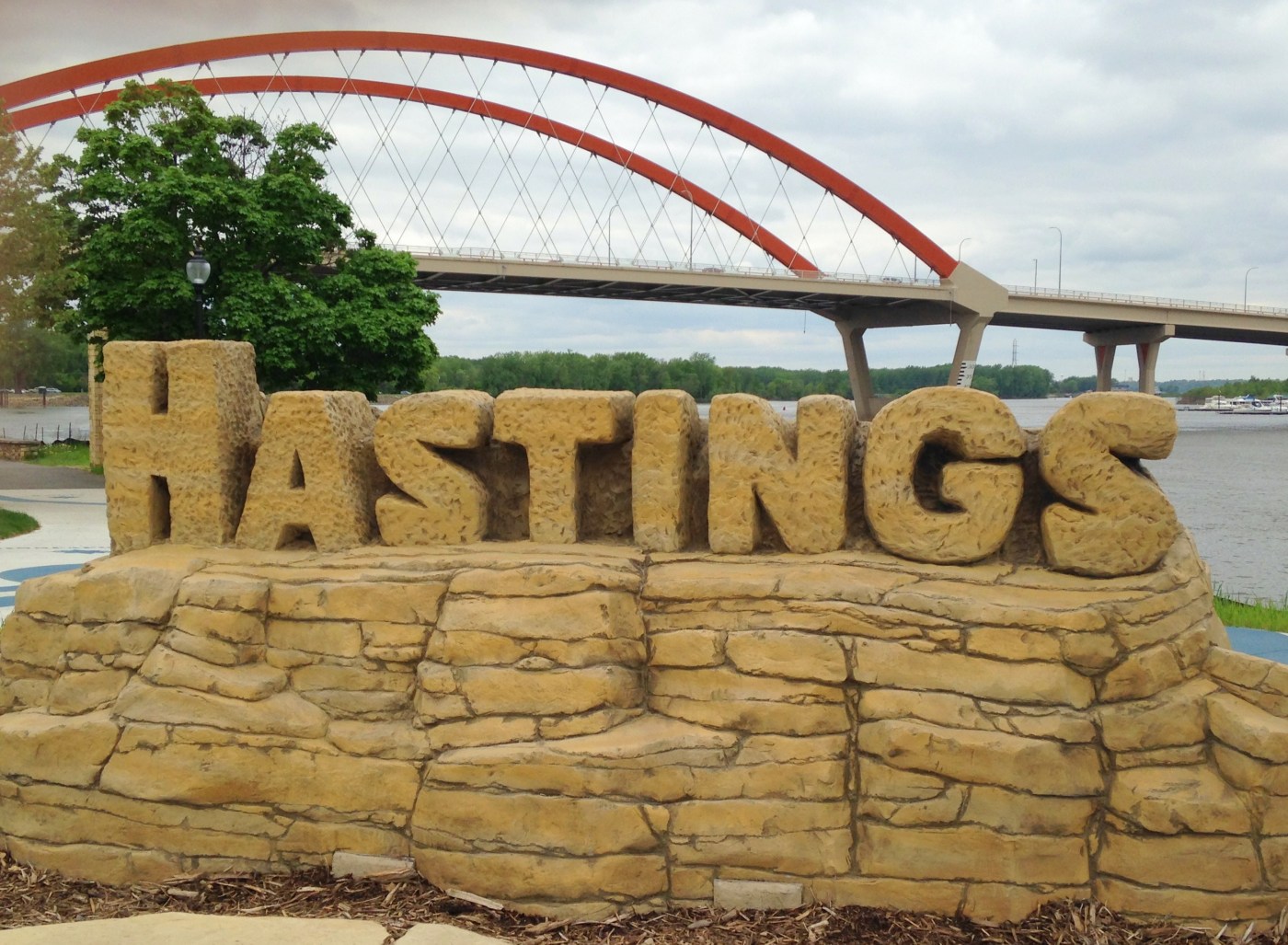**Cranberry Season in Massachusetts: Challenges and New Approaches for Farmers**
It’s peak season for cranberry farmers in southeastern Massachusetts, a region known for its robust cranberry industry. The Bay State ranks second nationally in cranberry production, trailing only Wisconsin.
“Massachusetts has an incredibly robust cranberry industry,” says Karen Cahill, deputy executive director of the Cape Cod Cranberry Growers’ Association. She tells FOX that a 2023 economic study revealed the industry contributes $1.7 billion to the state’s economy and supports nearly 6,400 jobs in the area.
### Farming Challenges in Massachusetts
However, despite its prominence, one cranberry farmer notes that growing cranberries in Massachusetts is becoming increasingly difficult. Jarrod Rhodes, a fourth-generation cranberry farmer in Carver, Massachusetts, produces about 50,000 barrels—or 5 million pounds—of cranberries annually on his family farm. The Rhodes family founded Edgewood Bogs LLC in the early 1940s, and in 2009, they launched Cape Cod Select to process a portion of their fruit for the frozen retail market.
Rhodes explains that rising costs and changing weather patterns are putting pressure on growers. “It kind of all adds up, and it becomes a lot more expensive to grow here versus Wisconsin or Canada,” he said.
Cahill adds, “Massachusetts is an expensive place to do business in general, driven by high costs for labor, utilities, and real estate.”
### Scale and Cost Differences with Wisconsin
Another key difference is size. Massachusetts is much smaller compared to Wisconsin, which has more than double the cranberry acreage. “The scale in Wisconsin is significantly larger, and doing anything at scale tends to make it less expensive,” Cahill explained.
### A Green Exit Strategy: Wetland Restoration Program
Facing these challenges, Rhodes turned to a state program aimed at retiring and restoring older cranberry bogs. The state’s Division of Ecological Restoration (DER) runs a cranberry bog program that converts retired bogs back to native wetlands.
Over the past decade, DER has restored multiple unprofitable bogs, including the Eel River Headwaters Restoration. According to DER’s website, Atlantic white cedar has rebounded, wetlands now cover former farm surfaces, and river herring have returned upstream.
Knowing of an unprofitable bog, Rhodes applied for the program, which is funded by state and federal grants. “We decided to not rebuild this but take the money and buy a better property,” he said.
Now, the Rhodes farm less acreage, but the retired bog will be permanently protected as wetland, while the family invests the proceeds in higher-yielding fields.
DER describes this approach as a “green exit strategy,” compensating families like the Rhodes through restoration grants and conservation easements to convert bogs into wetlands.
### Conservation Easements and Legal Protections
Krista Haas of DER explained that before restoration work begins, the land must be legally protected. “This places a deed restriction on the land, which restricts certain activities such as development,” she said.
Conservation easements are often established through the USDA Natural Resources Conservation Service (NRCS) Wetland Reserve Easement (WRE) Program, ensuring long-term protection of restored wetlands.
### The Future for Cranberry Growers
As more restoration projects take shape, Rhodes notes that many growers are considering similar options. Some are nearing retirement, and younger generations are “not as interested” in continuing cranberry farming, he said.
The Rhodes’ wetland restoration project is scheduled for completion in spring 2026, marking a significant step toward sustainable land use and adaptation in the cranberry industry.
—
*For more updates on agriculture and environmental restoration programs, stay tuned to FOX News.*
https://www.foxnews.com/lifestyle/rising-costs-cranberry-farmers-retiring-bogs-wetlands



